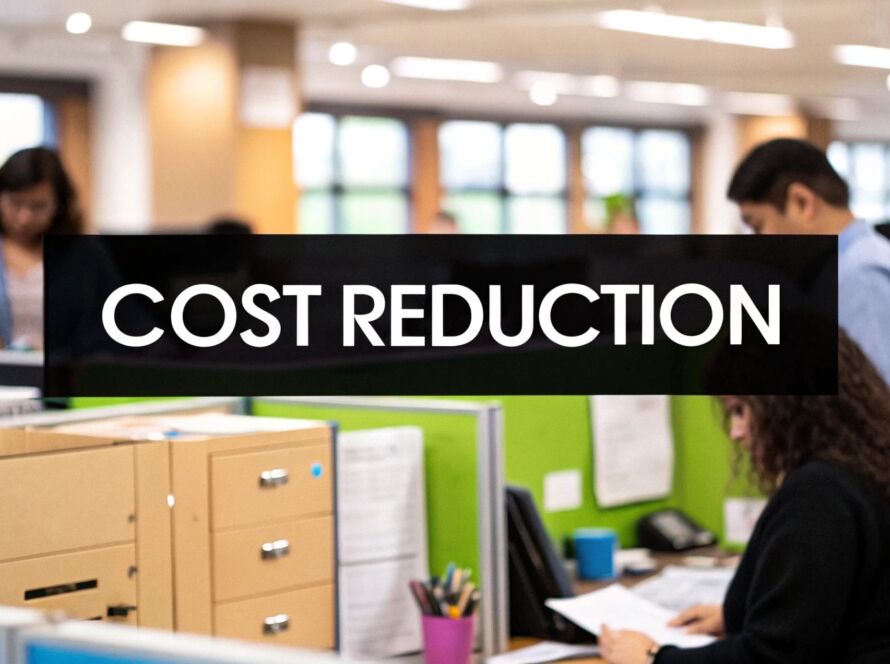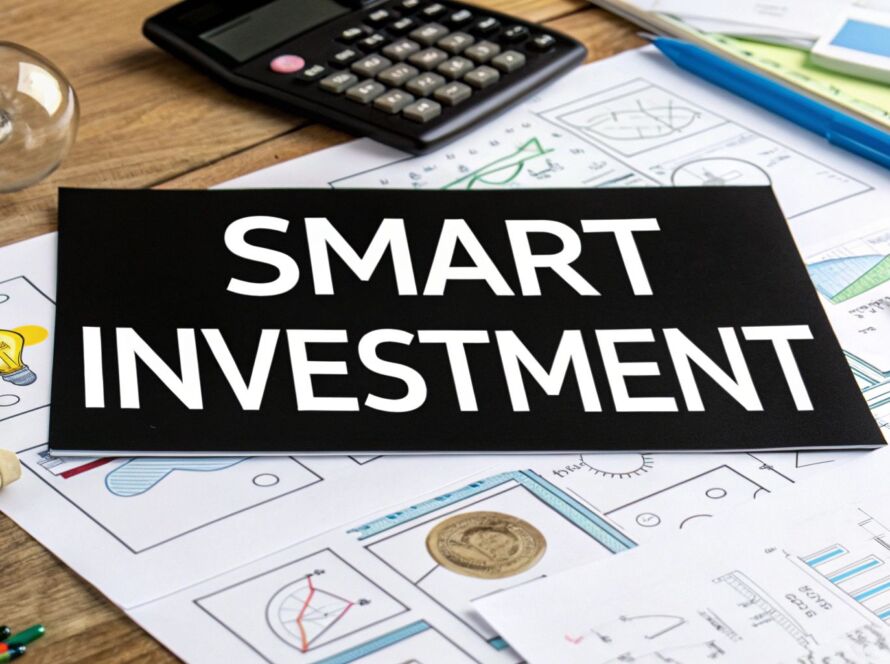:
Breaking Down the Product Development Journey
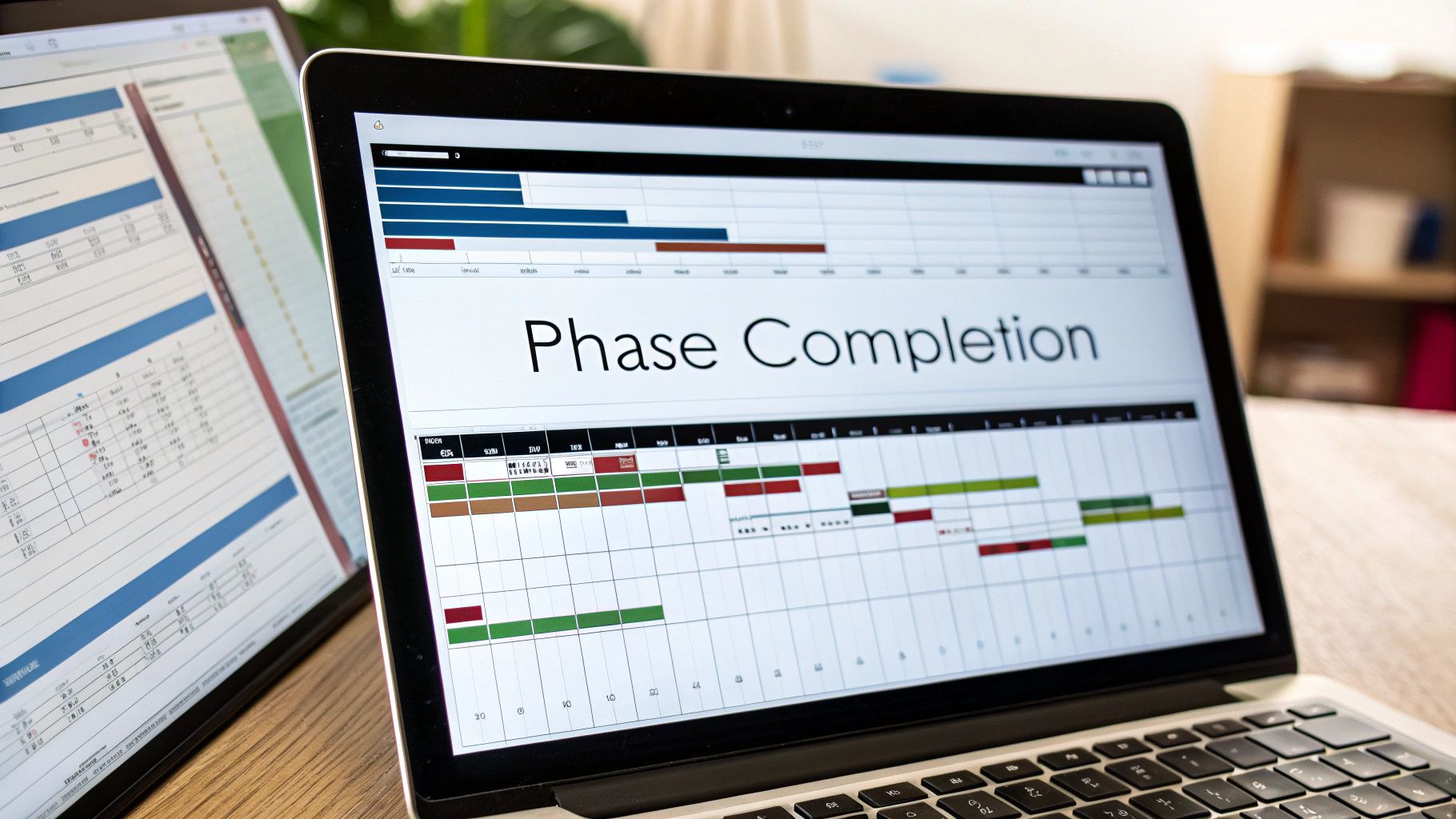
Most companies take around 22 months to develop a new product – but this standard timeline isn't set in stone. Some forward-thinking businesses are launching successful products in just 6 months while maintaining high quality. Let's explore what drives these timelines and how your team can speed up development without compromising excellence.
Understanding the Traditional Product Development Timeline
Product development follows a natural progression through key stages: ideation, validation, prototyping, testing, launch, and evaluation. Each phase requires careful attention and builds on the previous ones. Within these major stages are numerous subtasks and review cycles that teams must navigate effectively. For example, the prototyping phase often involves multiple iterations based on internal testing before moving to customer validation. Understanding how these pieces fit together is essential for identifying opportunities to improve efficiency.
Why 22 Months? Common Roadblocks in Product Development
Several common challenges tend to stretch out development timelines. Teams often get stuck pursuing perfection, making endless refinements instead of focusing on core functionality. Poor communication between departments leads to misalignment and rework. Perhaps most significantly, scope creep derails carefully planned schedules when new features keep getting added mid-development. These additions force teams to redistribute resources and extend timelines, creating a cascade of delays across the project.
Strategies for Accelerating Your Product Development Timeline
The companies achieving faster development cycles focus relentlessly on priorities. They identify the essential features needed for a minimum viable product (MVP) and resist adding nice-to-have elements until later versions. For instance, a team building a mobile app might launch with basic functionality and a clean interface before adding advanced analytics features. Breaking work into small, focused sprints helps teams maintain momentum and adapt quickly to feedback. This allows for rapid iteration while keeping the project moving steadily forward.
Balancing Speed and Thoroughness: The Key to Success
The goal isn't just to move faster – it's to work smarter while maintaining quality. Teams that excel at rapid development invest heavily upfront in validation and prototyping. This strong foundation prevents costly changes later in the process. They also create constant feedback loops, regularly testing with users to ensure the product stays aligned with market needs even on an accelerated timeline. This balanced approach – moving quickly while doing things right – is what enables sustained success in product development.
Navigating Industry-Specific Challenges
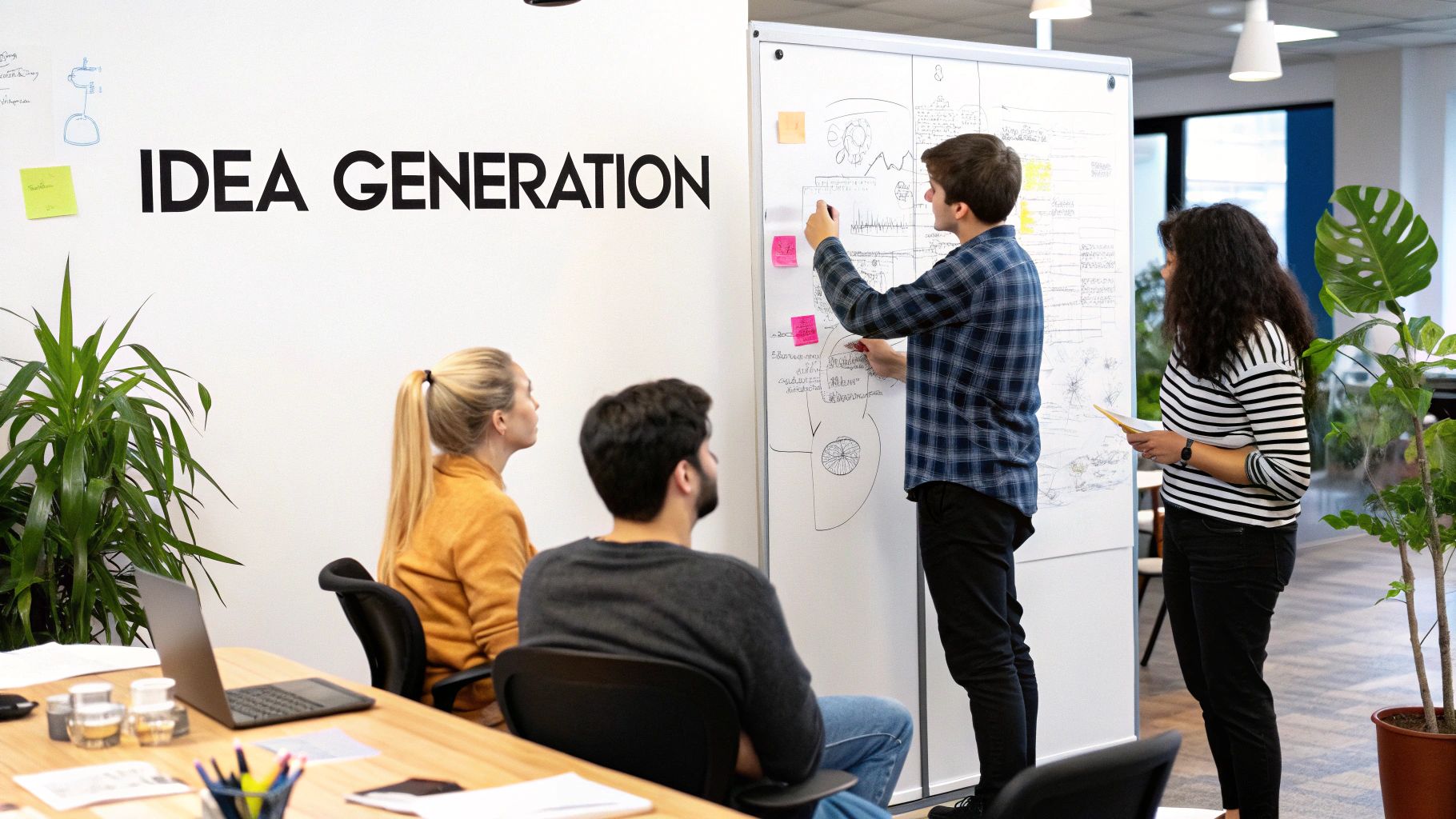
Every industry comes with its own set of unique challenges that shape product development timelines. A medical device startup faces fundamentally different requirements compared to a software company, and these differences have a major impact on how long it takes to bring new products to market.
Regulatory Requirements and Compliance
Regulatory oversight is often the biggest factor affecting development schedules. In heavily regulated industries like pharmaceuticals and medical devices, extensive testing and approvals can extend timelines significantly. For instance, getting FDA approval for a new medical device typically takes between three to seven years – much longer than products in less regulated sectors that might launch in months. Product teams must carefully plan for these extended approval processes from the start.
Supply Chain Complexities and Logistics
The intricacies of supply chains present another key challenge. Take the automotive industry, where companies rely on networks of suppliers and manufacturers working in perfect sync. Any disruption can cause major delays. Some specialized industries also face limited supplier options – an aerospace company developing advanced components might only have a handful of qualified suppliers worldwide. This makes building reliable supply chains and strong vendor relationships essential for keeping development on track.
Managing Stakeholder Expectations Within Specific Industries
Different industries require different approaches to stakeholder management. When development cycles stretch over years, as in automotive or pharmaceutical projects, clear and frequent communication becomes crucial. Teams need to help investors and other stakeholders understand the realities of bringing products to market in their specific sector. For example, walking stakeholders through the necessary testing stages for a new drug helps them appreciate why the timeline looks the way it does.
Identifying Opportunities for Parallel Development
While industry-specific challenges can seem daunting, they also create opportunities to work smarter. Smart teams look for ways to run parallel development tracks that keep projects moving forward efficiently. For example, medical device teams can work on marketing materials and refine secondary features while waiting for regulatory approvals. Having backup suppliers for key components helps prevent bottlenecks. By thinking strategically about these challenges, teams can turn potential roadblocks into advantages that give them an edge over competitors.
The Power of Modern Technology in Development
Making your product development faster and more effective requires thoughtful use of technology. The key is finding the right tools and integrating them thoughtfully into your existing processes.
Digital Twins and Simulation: Testing Before Building
Digital twin technology has changed how teams develop products by creating virtual models they can test extensively before building physical versions. This approach dramatically cuts down on expensive prototype cycles – many companies report needing 50% fewer physical prototypes after adopting digital twins. By testing and refining designs virtually first, teams can spot issues early and create higher quality products faster.
Selecting Tools That Actually Help
Not every shiny new tool will improve your process. The best technologies are ones that solve real problems your team faces without requiring massive workflow changes. Think of it like home repairs – you need the right tool for each specific job. A project management system perfect for software development may be completely wrong for hardware teams. Taking time to carefully evaluate and choose tools pays off in smoother implementation.
Using Machine Learning to Stay on Track
Machine learning helps teams spot potential delays before they happen by analyzing past project data and current work patterns. This lets you proactively adjust resources and workflows to keep development on schedule, rather than constantly reacting to problems after they occur. The shift from reactive to preventive planning makes the entire process run more smoothly.
Making New Technology Work For Your Team
Successfully adopting new tools requires careful planning around training needs, system integration, and minimizing disruption to ongoing work. Many companies stumble here – rolling out technology without proper preparation often creates more problems than it solves. Even the most advanced design software won't help if your team struggles to use it effectively. Consider starting with a small pilot program and gradually expanding use as teams adjust. This measured approach helps ensure new technology actually improves your development process rather than hindering it.
Mastering Time Pressure Without Burning Out
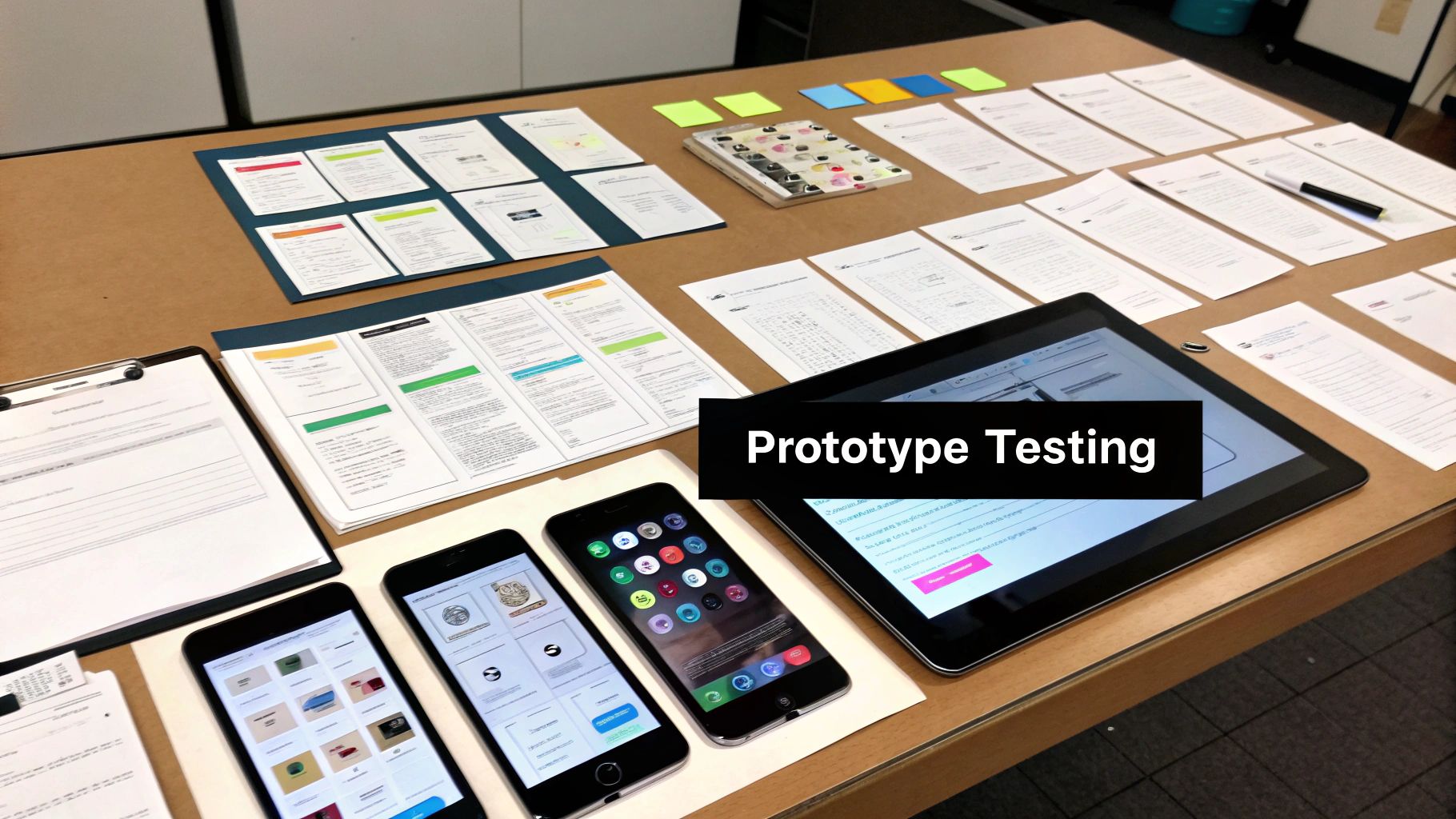
Most product teams today face intense deadline pressure, with studies showing over 60% struggle with tight timelines. While meeting aggressive deadlines is critical for business success, pushing too hard without the right approach can lead to burnout and compromised quality. Let's explore practical ways to handle time constraints while keeping your team energized and delivering excellent results.
Prioritizing Features and Managing Scope Creep
The key to hitting deadlines starts with ruthless prioritization of features. Think about it like building a house – you need a solid foundation and basic rooms before adding luxury amenities. For a project management app, this means focusing first on core functions like task creation and progress tracking, while saving nice-to-haves like Gantt charts for later versions. This focused approach helps teams ship faster while avoiding scope creep, where requirements keep expanding. A clear product roadmap with well-defined milestones acts as guardrails to keep development on track.
Communication and Stakeholder Management
Open, proactive communication makes all the difference when managing tight timelines. By keeping stakeholders regularly updated on progress, challenges, and schedule adjustments, you build trust and set realistic expectations. For example, if an essential integration hits unexpected technical hurdles, promptly sharing the impact and mitigation plan demonstrates professionalism. This transparency helps stakeholders understand the complexities involved and makes them more likely to support timeline adjustments when needed.
Creating Realistic Buffers and Mitigating Delays
While ambitious deadlines push teams to perform, smart buffer planning is essential. Think of buffers as insurance policies protecting your timeline. Place them strategically at common bottlenecks and high-risk phases. But don't stop there – identify potential risks upfront and develop backup plans. If you're depending on a third-party API, have an alternate solution ready. This proactive approach minimizes disruption when challenges arise.
Maintaining Team Momentum and Morale
A motivated team is crucial for sustaining high performance under pressure. Small wins matter – celebrate completed features, successful deployments, and positive user feedback. Create space for open dialogue where team members can voice concerns and suggest improvements. Listen carefully to their input and provide the support they need, whether that's additional resources, clearer requirements, or streamlined processes. When people feel heard and supported, they stay engaged and productive even during crunch times.
Streamlining Each Development Phase
Creating great products requires a clear, structured development timeline. When teams carefully optimize each phase while maintaining smooth handoffs between stages, they can bring products to market efficiently and effectively. Let's explore how successful teams make this happen.
Optimizing the Ideation and Validation Phases
The initial steps of product development lay the foundation for success. Smart teams know the importance of testing concepts early through basic prototypes and user feedback. For instance, software companies often create simple landing pages to gauge interest in core features before investing heavily in development. This early validation helps teams avoid costly changes later and ensures they're building something people actually want.
Enhancing the Prototyping and Testing Phases
After validating the core concept, teams bring their ideas to life through prototyping and rigorous testing. Physical product teams might use 3D printing for quick iterations, while software teams create wireframes and mockups to visualize the user experience. Regular testing with target users provides essential feedback that shapes improvements. This cycle of building, testing, and refining helps teams perfect their product before launch.
Ensuring a Smooth Launch and Post-Launch Evaluation
Product launch marks a new beginning rather than an endpoint. Successful teams coordinate their marketing, sales training, and customer support to create a strong market entry. After launch, they closely track user behavior, monitor market response, and actively seek customer input. This ongoing evaluation helps teams make smart improvements and plan future updates, creating a continuous cycle of product enhancement based on real-world use.
Streamlining Transitions and Communication
Clear communication ties the entire development process together. When teams share updates openly, discuss challenges honestly, and solve problems collaboratively, they stay aligned and moving forward. Simple tools and clear procedures help different groups work together smoothly. Regular check-ins and well-defined handoff processes prevent delays between phases. This focus on teamwork and clear communication helps teams deliver successful products while maintaining momentum throughout development.
Building Future-Proof Development Processes
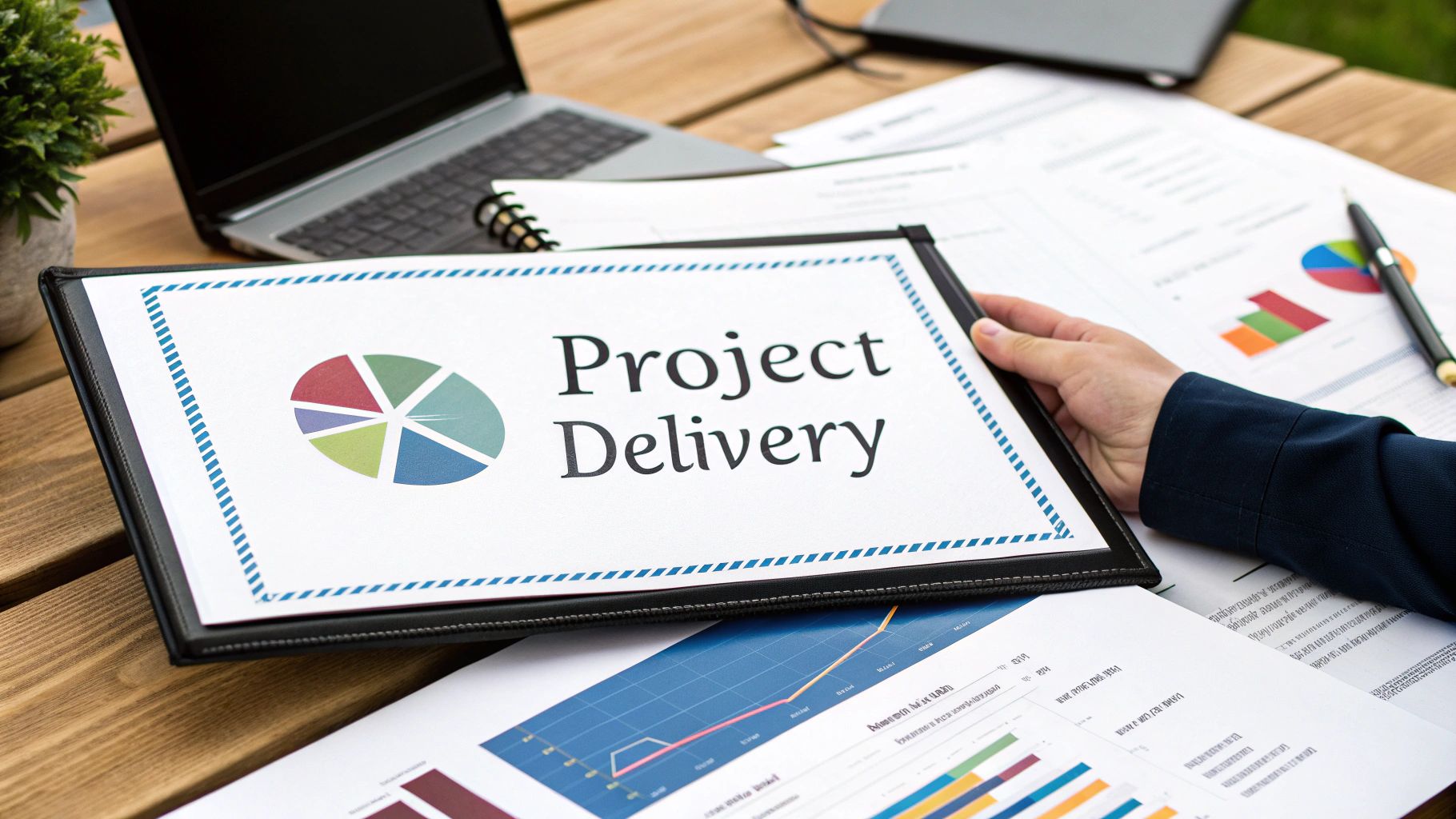
Success in product development requires the ability to adapt and evolve. Companies need to build processes that can flex and grow as conditions change. This means creating development approaches that anticipate future needs while delivering value today. The key is establishing practices that enable quick adjustments when new opportunities or challenges arise.
Embracing Flexibility in Your Product Development Timeline
A flexible development timeline acts like building blocks that can be rearranged as needed. Teams should be able to add, remove, or modify components without disrupting the entire process. For example, when building a software application, using a modular architecture allows new features to be seamlessly integrated later. This adaptability helps teams respond effectively to changing customer needs and market conditions.
Integrating Emerging Technologies Strategically
New technologies can significantly improve development speed and product quality when implemented thoughtfully. Artificial intelligence tools can handle repetitive tasks, giving developers more time for complex problem-solving. Digital simulations enable faster prototyping and testing cycles. However, successfully adopting new tools requires careful planning to minimize disruption and maximize their benefits for the team.
Fostering a Culture of Continuous Improvement
Creating resilient processes requires ongoing refinement based on real results. Teams should regularly evaluate their methods, identify opportunities for optimization, and implement strategic changes. Similar to how software teams use agile methodologies, development groups should gather feedback, analyze data, and adjust their approach accordingly. This creates a positive cycle of learning and enhancement that keeps processes effective over time.
Balancing Innovation and Reliability
While exploring new approaches drives growth, maintaining consistent quality is essential. The ideal development timeline allows for controlled experimentation while ensuring reliable delivery. For instance, a team might dedicate 80% of resources to refining and stabilizing core features, while 20% focuses on testing innovative concepts. This balanced strategy promotes sustainable advancement while building lasting customer confidence.
Are you ready to transform your product vision into a market-ready reality? MarkBox Studios specializes in helping founders and business owners navigate the complexities of product development. We focus on building Minimum Viable Products (MVPs) and creating scalable solutions that drive business growth. Visit us at https://www.markboxstudios.com to learn more and start building your future today.


